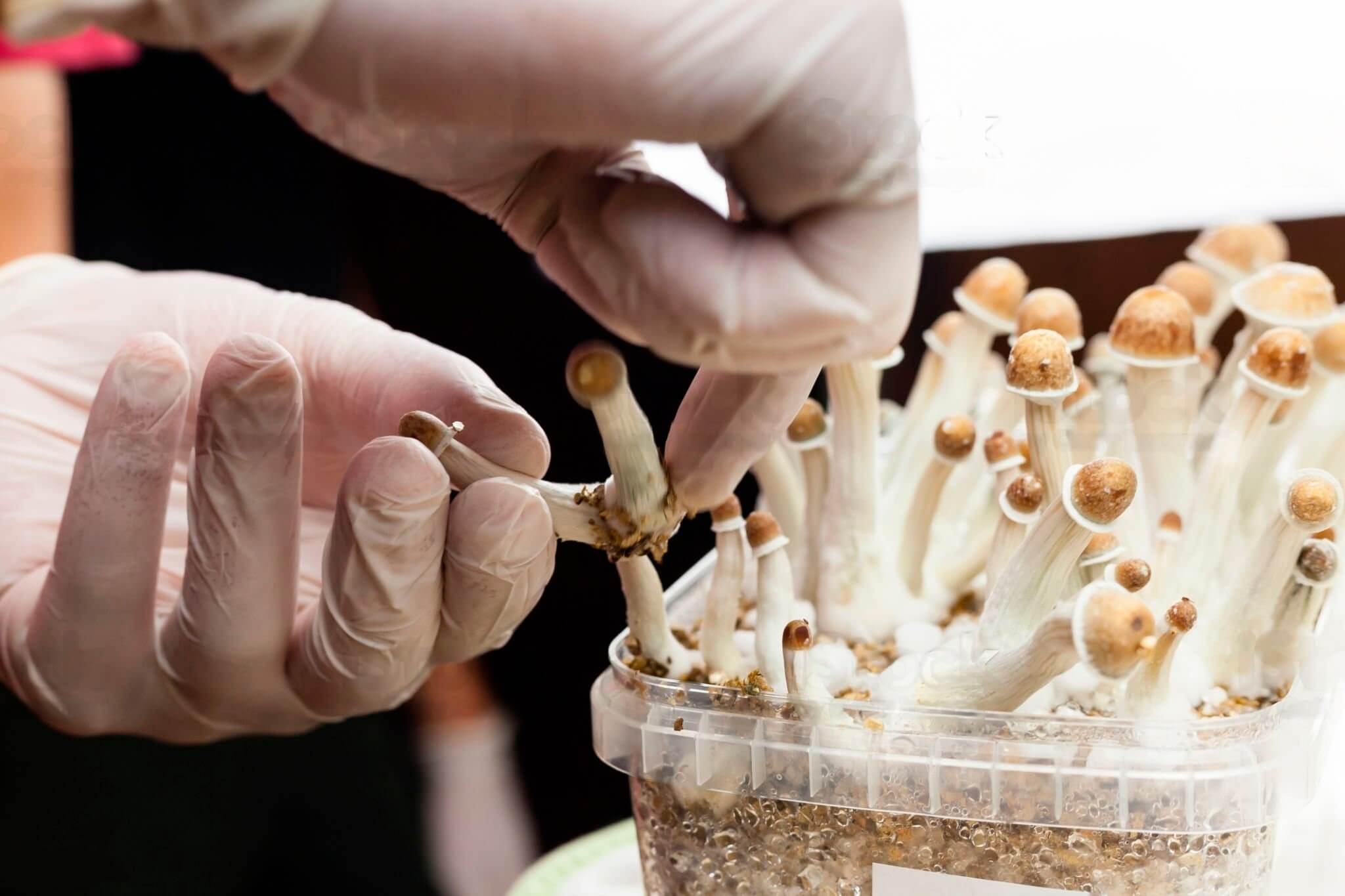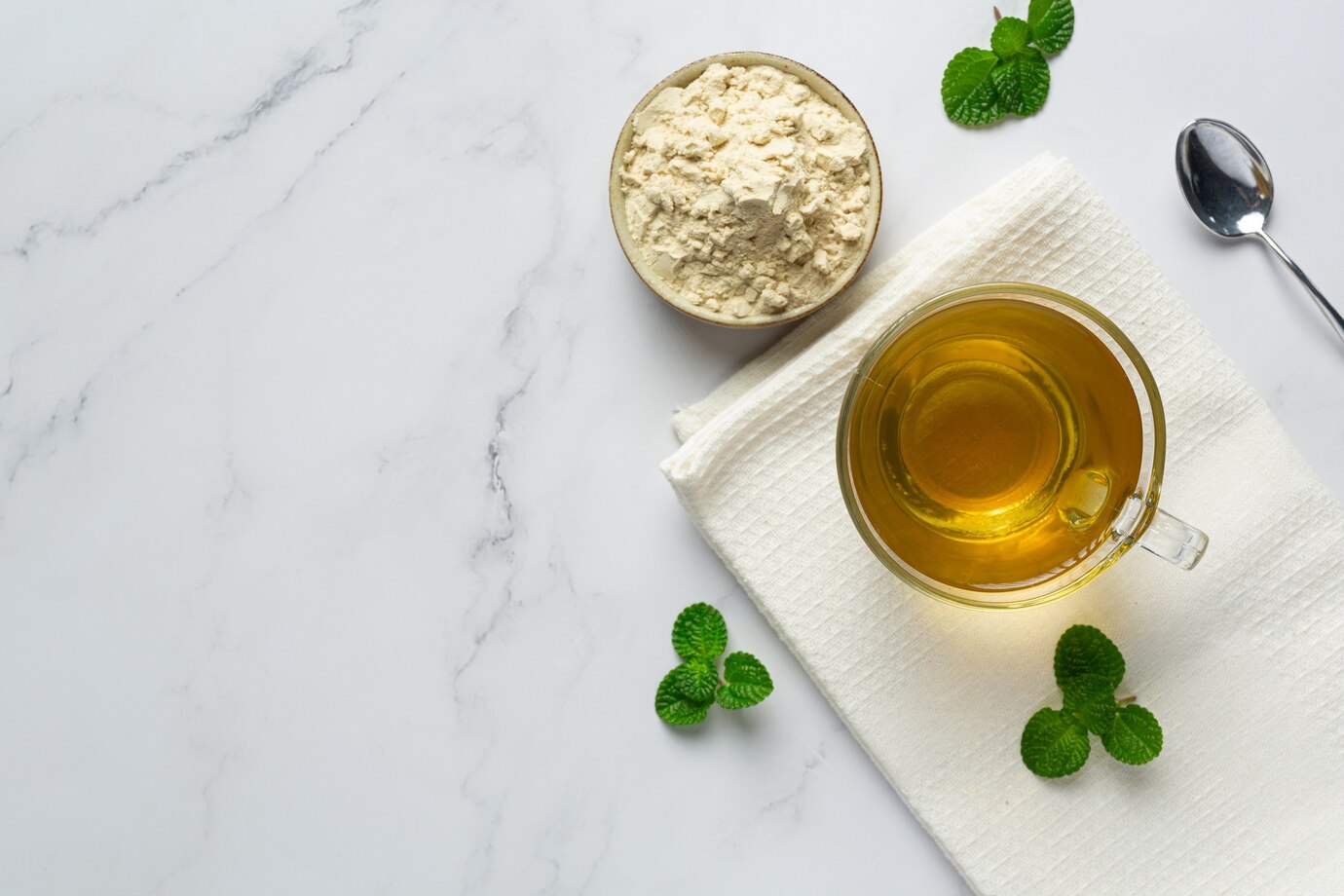Did you know that before the verdant reign of trees, the earth was covered by towering mushrooms? Scientific studies show that land fungi arrived on Earth approximately 1,300 million years ago, significantly preceding the emergence of terrestrial plants. Today, the largest living organism on earth is a massive honey fungus, spreading across a whopping 2.4 miles (3.8 km) in Oregon’s Blue Mountains. Fungi serve a crucial function in the intricate workings of ecosystems, especially in the cycling of energy within and between them. At the heart of these organisms is mycelium, the vegetative part of a fungus, which offers unique and invaluable contributions to the ecosystem.
Decomposers at Work: The Essential Role of Fungi in Decomposition
Fungi, with a preference for moisture, have adapted to an array of environments across the globe. Their habitats span from terrestrial to marine, and even freshwater ecosystems. They form an integral part of a diverse community of decomposers tasked with breaking down dead plants and animals. This decomposer community includes various organisms such as bacteria, microscopic invertebrates like nematodes, and larger invertebrates including snails, beetles, and earthworms. Fungi stand out as critical members of this community, breaking down organic matter into forms that other decomposers can utilize while also serving as an essential food source for plants.
| Organism | Role in Decomposition |
| Bacteria | Break down dead organic matter into simpler substances |
| Nematodes | Consume bacteria and other organic material, helping to further decompose matter |
| Snails, Beetles, Earthworms | Break down larger pieces of organic matter into smaller pieces, aiding in decomposition |
| Fungi | Decompose complex organic materials into simpler substances, serving as a food source for plants |
The Circle of Life: Nutrient Cycling and Fungi
While plants depend on nutrients to grow, these nutrients often lie inaccessible, trapped in insoluble compounds within the soil or water. Fungi serve as a critical link in the nutrient cycling process, metabolizing proteins and releasing inorganic nutrients like nitrate that plants can readily absorb. In freshwater environments, fungi break down fallen wood and leaf litter, transferring energy from the forest to aquatic ecosystems. Similarly, in terrestrial systems, fungi facilitate the transfer of energy from above to below the ground, where it is recycled back to plants.
Unlikely Partners: Symbiotic Relationships Involving Fungi
Mycorrhizal fungi form symbiotic associations with plant roots, enabling the transfer of nutrients from the soil into plant roots. In return, these fungi receive carbon from the plant. In another fascinating example of symbiosis, lichens provide shelter to cyanobacteria, which reciprocate by producing energy and carbon for lichens via the process of photosynthesis.
A Fungi Feast: Animals That Dine on Fungi
A considerable number of animals, from herbivorous mammals to invertebrates, partially or entirely rely on fungi as a source of food. Herbivorous mammals, for instance, have been observed to consume fungi opportunistically, eating it when they come across it while foraging in the forest. Others, such as caribou, primarily subsist on fungal fruiting bodies, such as tree lichens, during winter months when leafy foods are scarce. Invertebrates too partake in fungi consumption, both actively and opportunistically.
The Hidden Network: Understanding Mycelium
The main part of a fungus, the mycelium, lives within substrates like wood, straw, or grain. It forms a network of fine white filaments known as “hyphae.” These structures absorb nutrients from the environment through a two-stage process. First, the hyphae secrete enzymes into the decaying substrate. These enzymes break down complex biological polymers into smaller units, like monomers. The mycelium then absorbs these monomers using a combination of facilitated diffusion and active transport.
Nurturing Nature’s Network: Mycelium Cultivation
Unlike plants, which reproduce through seeds or photosynthesis, mushrooms reproduce using spores. These spores germinate to form a complex network of hyphae. Fungi cultures can be obtained either from spores or mushroom tissue, which eventually leads to the formation of mushrooms.
Mycelium Marvels: The Wide-Ranging Benefits of Mycelium
Mycelium’s benefits extend beyond decomposition and nutrient cycling. It can act as a natural pesticide, potentially reducing our reliance on harmful chemicals. Moreover, mycelium can filter pollutants from water and soil, marking its potential as a potent tool for environmental remediation. In recent years, mycelium-based materials have found their way into sustainable design and construction, celebrated for their lightweight nature, strength, and superior insulation properties.
A Sustainable Tomorrow: The Future of Mycelium
As we grapple with the urgent challenge of climate change, sustainable solutions become more critical than ever. Mycelium-based technologies offer a promising path forward. Their renewable, biodegradable nature, and low carbon footprint make them a leading choice for the future. We may witness an influx of mycelium-based products, ranging from eco-friendly packaging to biodegradable furniture, in the near future.
Taking a Leaf Out of Nature’s Book: Learning from Mycology
Mycology, the study of fungi, offers valuable insights about sustainable living. By observing how fungi operate within ecosystems, we can devise better methods for managing our natural resources. As we face escalating challenges like climate change and resource depletion, learning from nature and applying these lessons becomes more important than ever.
Growing Your Own Mycelium: Mushroom Growing Kits
One effective and enjoyable way of understanding the life cycle of fungi and the power of mycelium is to grow your own mushrooms. Using a mushroom grow kit, you can nurture and observe the growth of fungi from spores to fully-formed fruiting bodies right in your own home.
Check PriceMushroom growing kits have become quite popular as a means to bring the world of fungi to kitchens, classrooms, and home gardens. They are also a great tool for those who wish to study mycology on a smaller scale. Most kits come with everything you need to start growing, including the mycelium, growing medium (often a substance such as straw or a wood-based product), a container or bag for the mycelium to grow in, and detailed instructions.
Starting from the mycelium, a mushroom growing kit allows you to observe the fascinating process of fungal growth and understand the crucial role of this organism in decomposition and nutrient cycling. As the mycelium grows, it colonizes the growing medium, breaking down its complex organic compounds with the aid of enzymes. This is a hands-on demonstration of the process we see in nature, where fungi break down organic matter to facilitate nutrient cycling in ecosystems.
Once the mycelium has fully colonized the substrate, conditions can be manipulated to encourage the growth of mushroom fruiting bodies. The excitement of seeing your first mushrooms emerge is a rewarding experience that brings the magic of mycelium to life.
These mushroom growing kits are not only educational but also provide a source of fresh, home-grown mushrooms. You can choose from a variety of edible species, such as oyster, shiitake, or lion’s mane, depending on your culinary preferences.
Furthermore, these kits also emphasize the importance of sustainability. They often use waste products like straw or sawdust as the growth medium, showcasing a practical example of recycling organic matter. Moreover, they allow for locally-sourced, fresh produce, reducing the carbon footprint associated with grocery store mushrooms that might come from far-off locations.
Conclusion: The Magic of Mycelium in Creating a Sustainable World
Mycelium is an intriguing and vital part of the natural world, playing an indispensable role in ecosystems worldwide. As we strive to live more sustainably, mycelium-based technologies provide a beacon of inspiration. By harnessing the power of mycelium, we are paving the path for a more sustainable and resilient world.
In addition, mushroom growing kits are an excellent way to connect to the fascinating world of mycelium and fungi. They offer an immersive experience into the life cycle of mushrooms, their importance in our ecosystems, and the potential they hold for sustainable practices. They not only bring science and nature into our homes but also provide delicious, home-grown produce. Thus, mushroom growing kits embody the very lessons we learn from studying mycelium and its role in the world.
Frequently Asked Questions
1. Can mycelium be harmful to humans or the environment?
While most mycelium is harmless and beneficial, some types of fungi can be harmful to humans, plants, and other animals. Certain fungi can cause diseases in humans and animals, and others can damage crops and trees. However, these are exceptions and not the rule.
2. Can mycelium be used in food and beverages?
Yes, mycelium is used in the production of certain types of food and beverages. For example, the mycelium of the fungus Aspergillus oryzae is used in the production of soy sauce, sake, and miso.
3. Can I cultivate mycelium at home for use in my garden?
Yes, it’s possible to cultivate certain types of mycelium at home. This can be done by introducing spores or a small amount of mycelium into a growth medium. However, it’s important to do your research and make sure you’re cultivating a beneficial and non-toxic species.
4. How long does it take for mycelium to fully colonize a substrate?
The colonization time of mycelium depends on the species of fungus and the conditions. Generally, it can take anywhere from a few days to a few weeks.
5. How does mycelium contribute to soil health?
Mycelium improves soil health in several ways. It helps to break down organic material, recycling nutrients back into the soil. It also helps to improve soil structure, increasing its capacity to retain water and nutrients.
6. Can mycelium-based products be commercially produced?
Yes, there are companies that commercially produce mycelium-based products, including packaging, construction materials, and even clothing and accessories. These products are celebrated for their sustainability and biodegradability.
7. Can mycelium help in fighting climate change?
Mycelium has the potential to help mitigate climate change through carbon sequestration, its role in creating healthier, more resilient soils that can store more carbon, and through the development of sustainable mycelium-based products that can replace more carbon-intensive materials.
8. Can mycelium be genetically modified for specific uses?
Research is ongoing in the field of genetic modification of mycelium for specific uses, such as bioremediation or production of specific enzymes. However, this is a complex field and modifications need to be carefully tested and controlled to ensure they don’t have unintended negative consequences.



